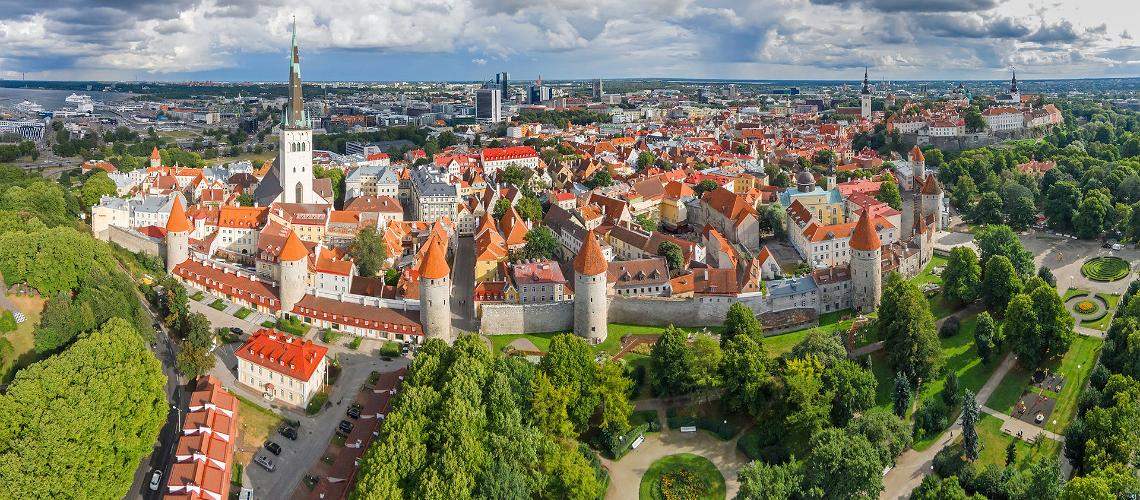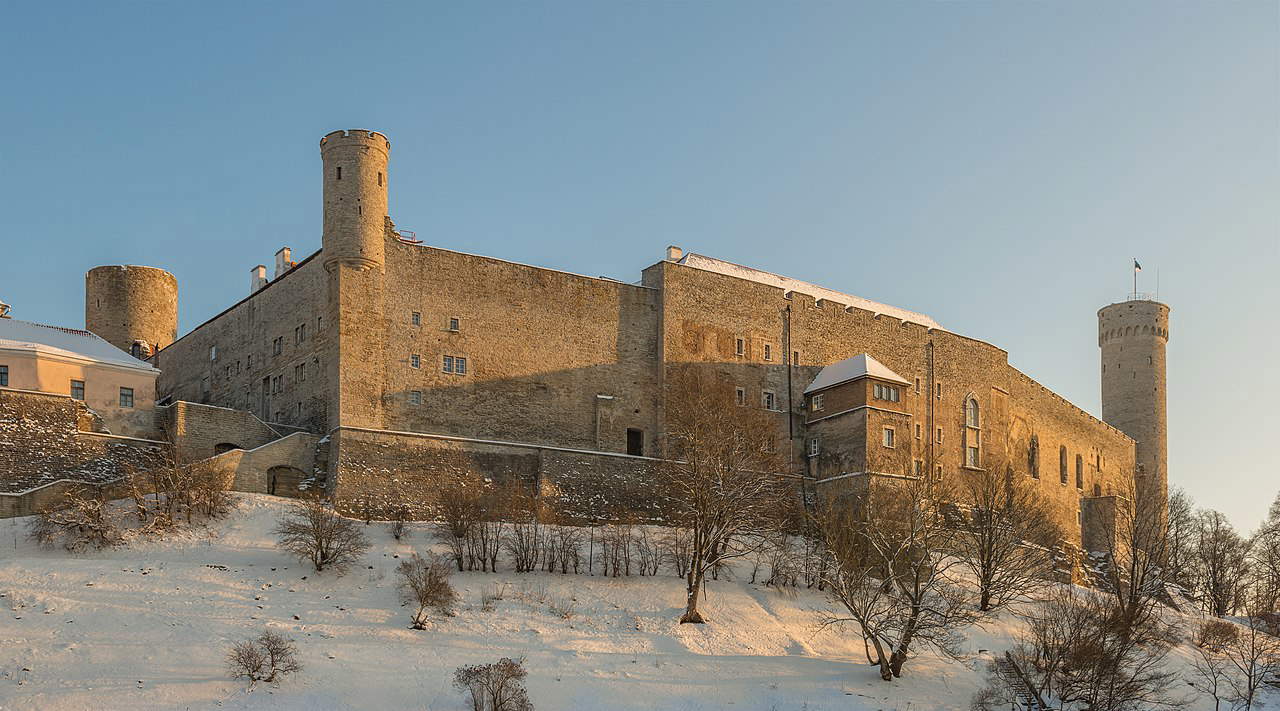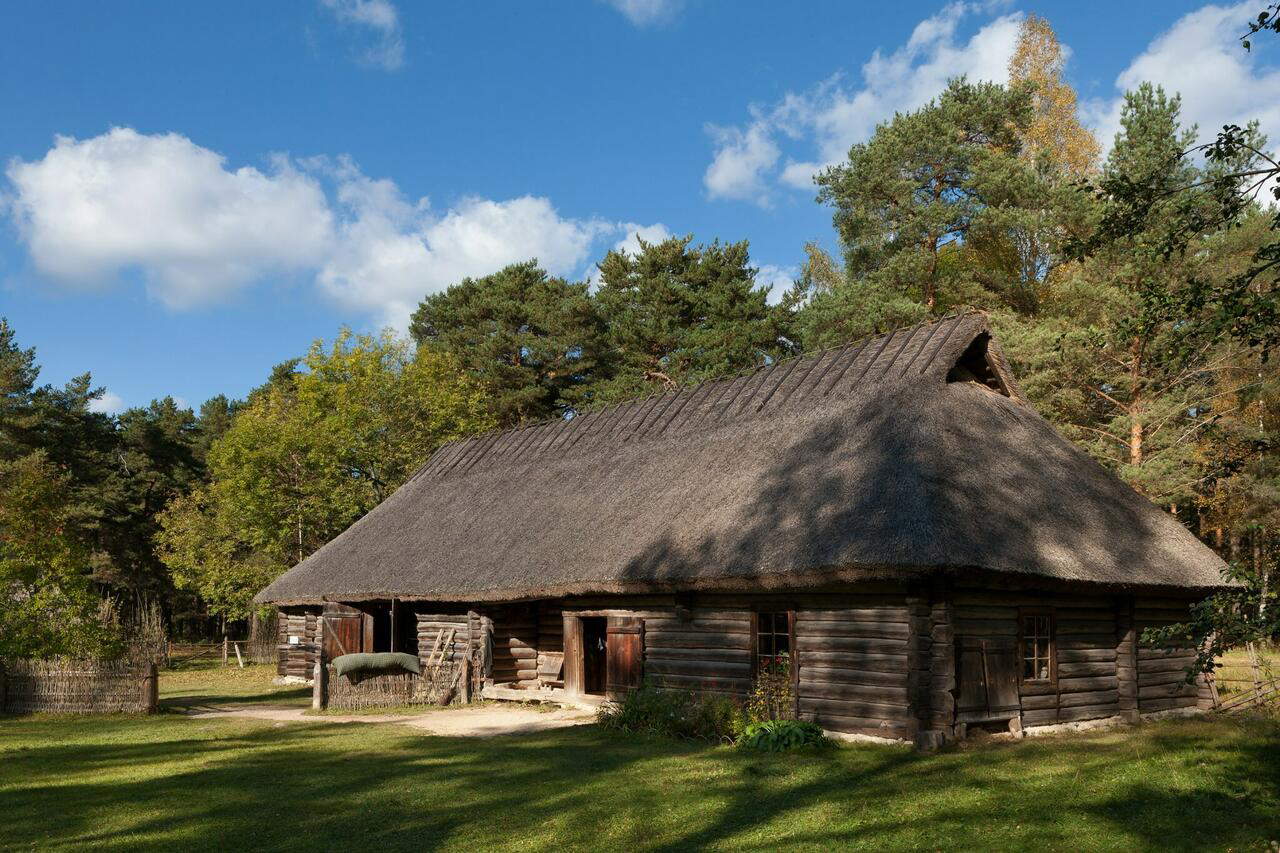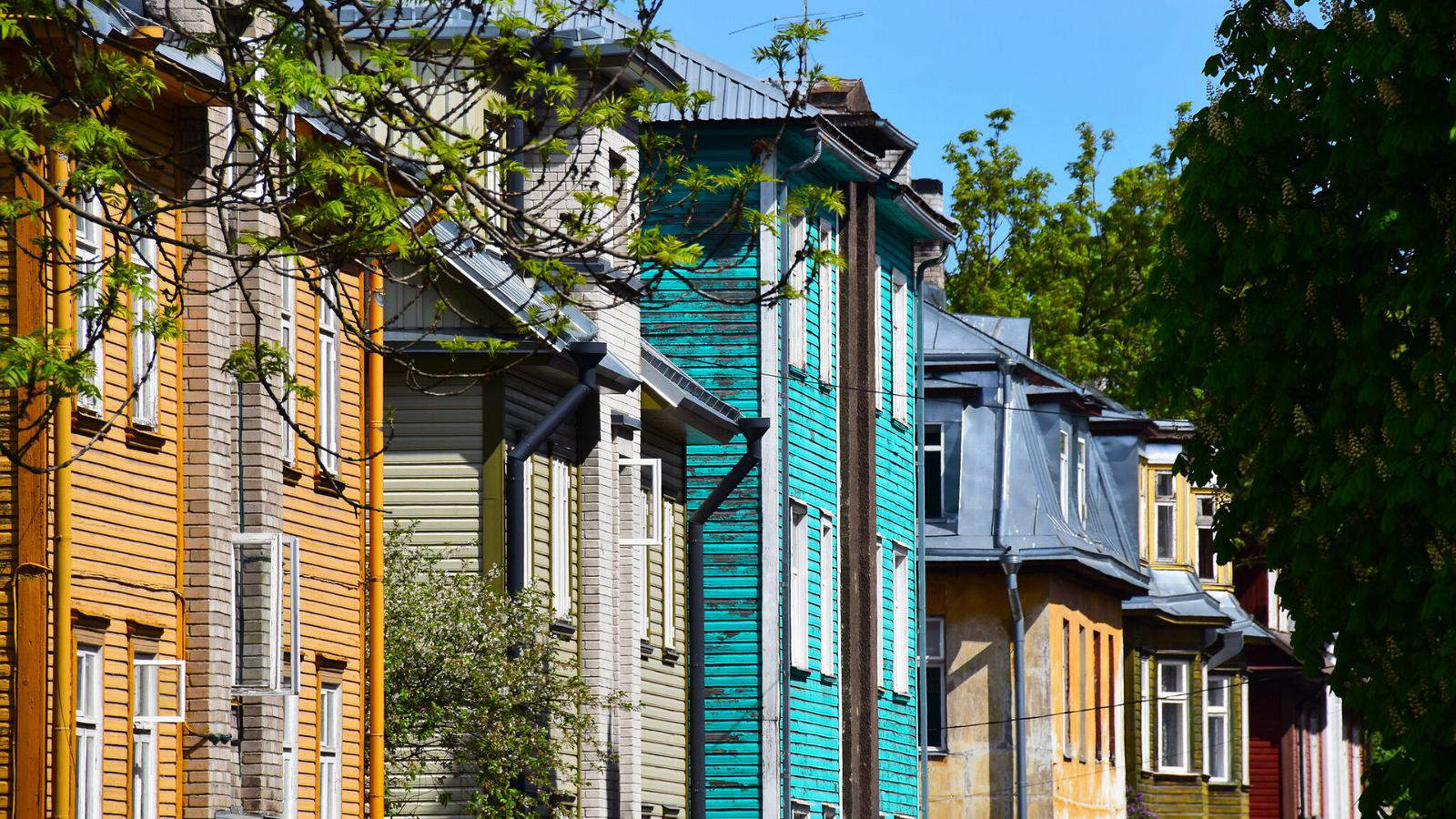Tallinn, what to see: the 5 places not to miss in Estonia's capital city
Tallinn, the beautiful capital of Estonia, is a city that mixes a rich history whose roots are firmly planted in the Middle Ages with a vibrant contemporary atmosphere, a reflection of the development Tallinn has experienced in recent years, especially since Estonia’s entry into theEuropean Union. With its cobblestone streets, medieval towers and modern neighborhoods, Tallinn is a destination that fascinates and surprises its visitors. The earliest traces of human settlement in the Tallinn area date back some 5,000 years, but the real beginning of Tallinn’s documented history dates back to the 11th century, when the city began to develop as an important trading center in the Baltic area. Its strategic location along the Baltic Sea trade routes contributed to its growth and development as a significant trading port. Tallinn was an important center of the Teutonic Order, which made the city one of the most flourishing and influential centers in this area of Europe, after which the city came under the rule of the Danes, Swedes, and finally the Russians. During the period of the Soviet Union, Tallinn was primarily an industrial and military center: then, in 1991, Estonia’s independence marked the beginning of a new, flourishing era for Tallinn and for the country as a whole. Indeed, in recent decades, the city has experienced rapid economic, social and cultural development, becoming one of the most dynamic and modern capitals in Eastern Europe. Today, Tallinn offers itself to the visitor as a dynamic city capable of attracting visitors from all over the world. In this article, we will explore five places not to be missed during a visit to Tallinn, each of which offers a unique perspective on the city and its culture.
1. The Old Town
Tallinn’s Old Town is a gem and one of the main reasons for a trip to the Estonian capital. In fact, Tallinn’s Old Town was declared a UNESCO World Heritage Site in 1997.Here, among its cobblestone streets and well-preserved medieval buildings, one feels catapulted back in time. Highlights include Raekoja Square, or the Town Hall Square, dominated by the imposing Baroque spire of the old town hall (Raekoja, where Vana Toomas, the “Old Thomas,” a 16th-century wind vane that has become one of the symbols of the city, is also located), the spectacular Gothic Church of St. Olav (the very tall bell tower was, until 1625, the tallest building in the world), and then the Basilica of St. Nicholas and Raeapteek, one of the oldest 15th-century apothecaries in the world still operating in the same location. History buffs will love getting lost in the streets of the Old Town, discovering ancient churches, Gothic houses and fascinating hidden courtyards.

2. Toompea Hill
Dominating the panorama of the Old Town is Toompea Hill, Tallinn’s first historical and political core. Here you can visit the imposing Toompea Castle, a massive fortress dating back to the 14th century, and Tallinn Cathedral. The Riigikogu, Estonia’s parliament, is also based on the hill. From vantage points on the hill, such as the Kohtuotsa Lookout and the Patkuli viewing terrace, you can enjoy splendid views of the city and the Baltic Sea, making this one of Tallinn’s most picturesque spots.

3. The Estonian Outdoor Museum at Rocca al Mare.
There is a locality in Tallinn named just that: “Rocca al Mare,” in Italian. The name comes from that of a manor house that was built on the land on which the Estonian Open Air Museum stands today: the name was decided upon by the then burgomaster of Tallinn, the French Baron Arthur Girard de Soucanton. The museum (in Estonian Eesti Vabaõhumuuseum, opened in 1957) allows further immersion in Estonian history and culture, since it is a reconstruction of an 18th-century Estonian village that can offer a fascinating insight into rural and urban life in Estonia in centuries past. The reconstructed traditional buildings, farms, and churches allow visitors to take a journey back in time and gain a better understanding of the country’s traditions and heritage.

4. The neighborhood of Kalamaja
To get a taste of modern, creative Tallinn, there is no better place than the Kalamaja neighborhood, which began as a fishing district in the 14th century and later developed around its small harbor where fishing boats docked. This lively neighborhood, located just outside the Old Town, is known for its colorful narrow streets, artistic murals, cultural spaces (such as the Tallinn Creative Hub), and bohemian atmosphere. It is also home to numerous trendy cafes, restaurants, and art galleries, making Kalamaja a great place to stroll, shop, and immerse yourself in the local cultural scene.

5. Kadriorg Park and Palace.
For a moment of tranquility and natural beauty, Kadriorg Park is the perfect choice. This enchanting landscaped park, designed in the early 18th century, offers visitors wide green spaces, picturesque ponds, and beautiful formal gardens. At the center of the park stands the sumptuous Kadriorg Palace, built in the Baroque style starting in 1718 at the behest of Peter the Great as a summer residence for his consort Catherine, all designed by Italian architect Nicola Michetti and under the supervision of Gaetano Chiaveri. Today, the palace houses several museums, including the Estonian Museum of Art, which boasts works by prominent European artists such as Jacob Jordaens, Bernardo Strozzi, Pietro Liberi, Angelica Kauffmann and many others.

How to get to Tallinn
The main airport serving Tallinn is Tallinn Airport-Lennart Meri, located about 4 kilometers southeast of the city center. This international airport handles domestic and international flights from several destinations in Europe and beyond. From many European cities, you can find direct flights to Tallinn operated by several airlines, including Estonian Air, Lufthansa, and Finnair. Direct flights are generally available from European capitals such as Helsinki, Stockholm, Oslo, Copenhagen, Berlin, and Warsaw, as well as many other cities. Once you land in Tallinn, you can reach the city center using cab service, public transportation, or rent a car from car rental companies located at the airport.
Tallinn is also connected to several cities in the Baltic Sea through ferries operated by several shipping companies. The most popular ferry connections are with Helsinki, Finland. Helsinki Tallinn ferries depart regularly from the port of the Finnish capital, as well as from Stockholm, and usually take about 2 hours to cross the Baltic Sea, varying depending on weather conditions and the speed of the ship. Once you arrive at the Port of Tallinn (Tallinna Sadam), located near the city center, you can easily reach the center using public transportation, cabs, or simply on foot, depending on the distance from your accommodation.
 |
| Tallinn, what to see: the 5 places not to miss in Estonia's capital city |
Warning: the translation into English of the original Italian article was created using automatic tools. We undertake to review all articles, but we do not guarantee the total absence of inaccuracies in the translation due to the program. You can find the original by clicking on the ITA button. If you find any mistake,please contact us.





























